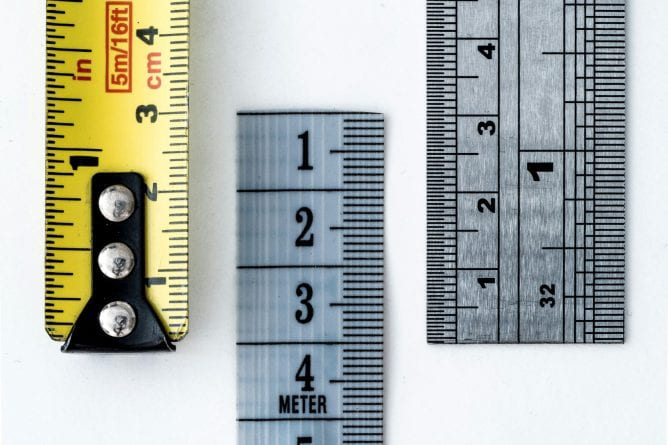Category: Reflect On A Course
-

Peer Observation Process
By
|
Defining Peer Observation – What Is It and What Are the Benefits? Peer observation is a collaborative process where educational professionals receive formative feedback from a peer on their teaching. This approach is guided by goals established between the observer and the instructor observee. The observer reviews resources for the course, watches a live class…
-

What to Do with Student Evaluation Feedback
By
|
The student evaluation of teaching process can produce anxiety in instructors at all career stages. No matter how confident you are in your teaching, being evaluated can feel as though your teaching style, pedagogy, and even personality are being put under a microscope. Turning this anxiety into a productive process for your class can be…
-

Scaffolding for Online Learning
By
|
As the end of the semester approaches and you begin to review the curricular structure of your courses in the near future, you may recognize the need for more robust scaffolding in content design regarding the online modality. Before reviewing and modifying your course in this capacity, it is important to know what scaffolding is,…
-
Exams, Alternative Assessments, and the Question of Proctoring
By
|
As we dig into the second half of the spring semester, instructors may now be looking at final assessments for the end of the term. During this time, instructors have many different options when they plan out and assign assessments. In this blog post, we’ll be looking at some alternative options for more traditional proctored…
-
Exam Wrappers
By
|
An exam wrapper is a way for students to reflect on their experience on an exam. It is meant for learners to look again at the techniques they use to get ready for an exam, identify strategies they can use to prepare for later assessments, and consider how similar strategies might help them in their studies in…

